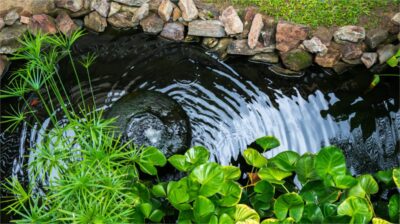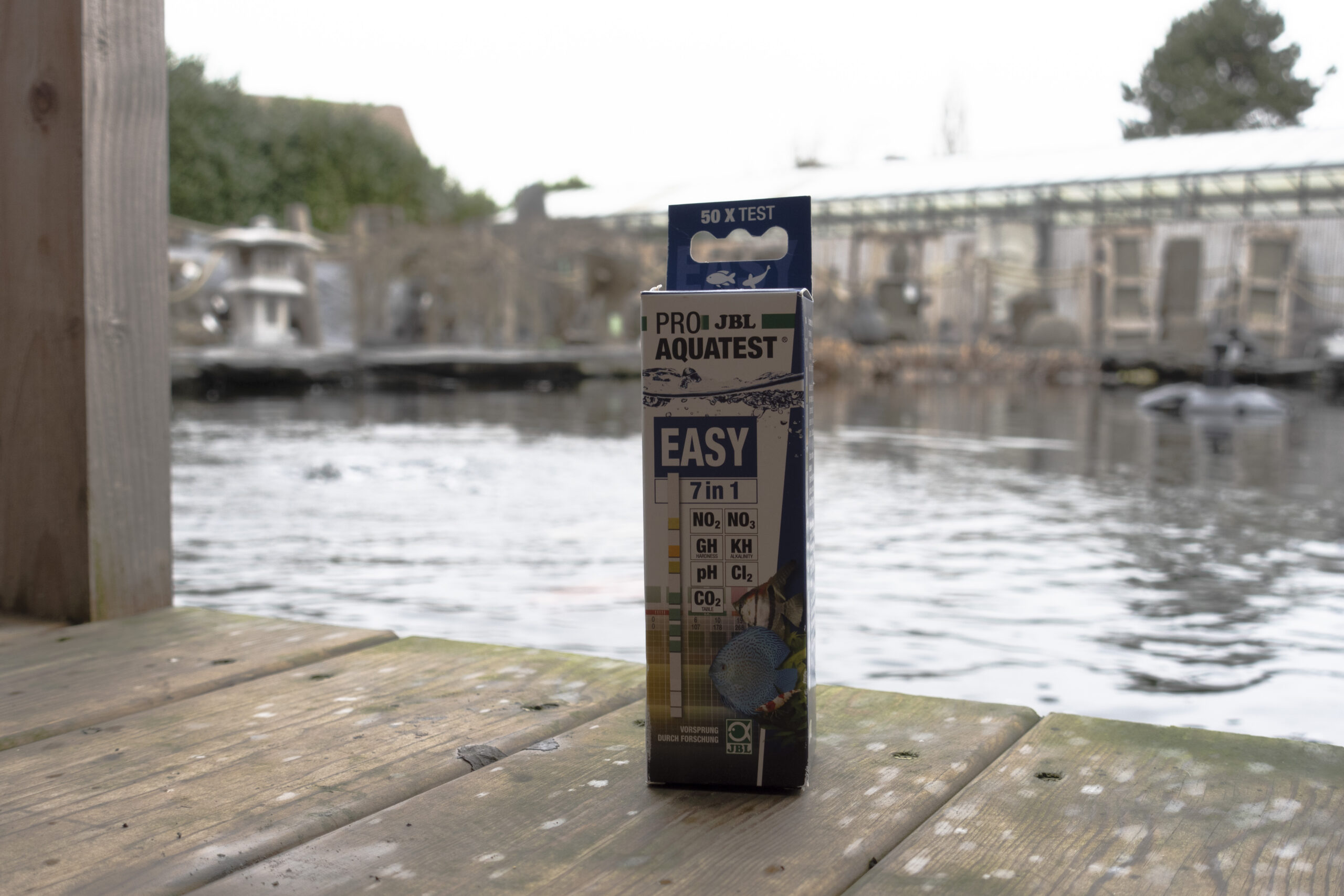In permaculture, creating a pond meets a need for ecological diversity by welcoming aquatic plants and animals. Another advantage, a watering-place also participates in the reasoned management of water in the vegetable garden. Although a natural pond’s realisation requires a specific technique and time, the return on investment is mainly positive.
Between March and September is a good time to help wildlife establish itself in your garden. While wetlands are disappearing, how about adding a small pond to your garden?
The permaculture pond welcome birds, various insects, small mammals, various bugs. And would dragonflies, green frogs, newts have their place? Plants and animals, linked to water, participate in the balance of an ecosystem. The pond is a unique environment, to discover
Do you find that your garden lacks originality and is not sufficiently representative of our rich biodiversity? Or do you dream of hearing the lapping of water and seeing small amphibians flourish in your garden? You can create your own natural pond! Follow the guide for a small harmonious aquatic environment…
Identify the ideal location
The success of the project depends on the location chosen for its construction. This space must benefit from good sunshine conditions because the heat and light support better development of the aquatic vegetation at the same time as the pond’s biological balance. It is also important to avoid areas that are too sunny or too hot to avoid rapid evaporation of the water. It is also advisable to aim for an area where the land is flat, not to encourage water leakage.
You are lucky if the land where the structure is to be built is marshy with clay soil and impermeable, for example. This is an obvious advantage since you will be spared additional efforts to make the pond waterproof or to fill it.
How to dig your pond in permaculture?
Once the perimeter has been defined, the next step is to dig the hole. Prior to this phase of the creation of the pond, certain concerns need to be clarified: what surface to plan for? what shape to choose? What is the ideal depth of a good pond? How to ensure its waterproofing?
The Recommended Surface For Permaculture Pond
According to the recommendations of specialists, a surface of 2 to 3 square meters is more than enough to realize the project. However, there is no limit to the size of the pond, which opens the door to all possibilities. Nevertheless, the surface of most ponds varies between 3 and 25 square meters for the smallest and can reach one hundred square meters for the largest.
What is the ideal shape and depth of a good pond?
The shape of the hole is not very important. Whether it is square or rectangular, the shape of the hole is not as strategic to the success of the project. It is sufficient to ensure that the contours are curved and asymmetrical. However, the depth of the hole can be decisive for the quality of the pond, its ecological interest and its integration into the garden. It is advisable to dig the hole with a gentle slope of 50 cm, 80 cm and 120 cm. Thus, the pond dug with a gentle slope or stairs offers an ecosystem where animal species that need a lot of water and those whose survival requires little water can live.
How to dig your hole and ensure its water tightness?
It is possible to dig the hole by hand. In this case, a mechanical shovel would do the job well. You can do it yourself or get help to do it faster. This method is suitable for small ponds. For larger projects, specialized equipment should be used to dig the hole more quickly.
Once the problem of the hole is solved, another no less important concern will arise: its waterproofing. It is not, indeed, easy to fill this one with water. We can resort to prefabricated plastics that are placed directly in the hole. However, the size of the pond does not always correspond to the project. In this case, you can use a PVC liner (black or green) of the size of the pond with an overflow of about 30 cm on each side. But before laying the liner, it is advisable to spread a geotextile fabric over the sand bed. This is another precaution to prevent roots and weeds from growing back. Temporarily hold the tarp in place with stones and stakes, and do not secure it until it has been filled with water.
Fill your pond with water
This is not the most difficult part of the project. Once the watertightness of the hole is guaranteed, it is necessary to cover the tarpaulin with a layer of sand to facilitate the development of vegetation. Then, the hole can be filled with well water, as pumped water is more expensive and chlorinated. The task is even easier for ponds installed in an area adjacent to a pond. It would be enough to pump the water into your pond or to divert the path of the pond towards your pond. Ultimately, the goal is to fill your hole with water suitable for the survival of the plant and animal species in this ecosystem.
How to encourage the colonization of the pond by plants and animals?
It is advisable to collect some plant species from nearby ponds. These should not be exotic species. Instead, look for shoreline or semi-aquatic plants, floating or submerged plants. There is no need to go looking for animal species. Frogs, insects and dragonflies will spontaneously populate your pond.
How to maintain the pond?
Pond maintenance is not a big deal. Some seasonal care is all that is needed to keep your pond healthy: limit the amount of dead leaves that decompose in the pond (for this, some owners install a net on the surface of the pond to collect the dead leaves); avoid excessive drying out in summer; prevent too much vegetation in the pond (to avoid eutrophication). In this case, it is necessary to clean out the mud that accumulates at the bottom from time to time. This operation prevents the pond from suffocating. In addition, if the flora becomes overgrown, the pond should be drained for a few days before being refilled.










